Twin stars reveal clues like crumbs of having eaten past rocky planets
The uneven composition of twin stars in the Milky Way suggests not all planetary systems are as stable as our own, with a new study concluding that some planets end up as dinner to the stars
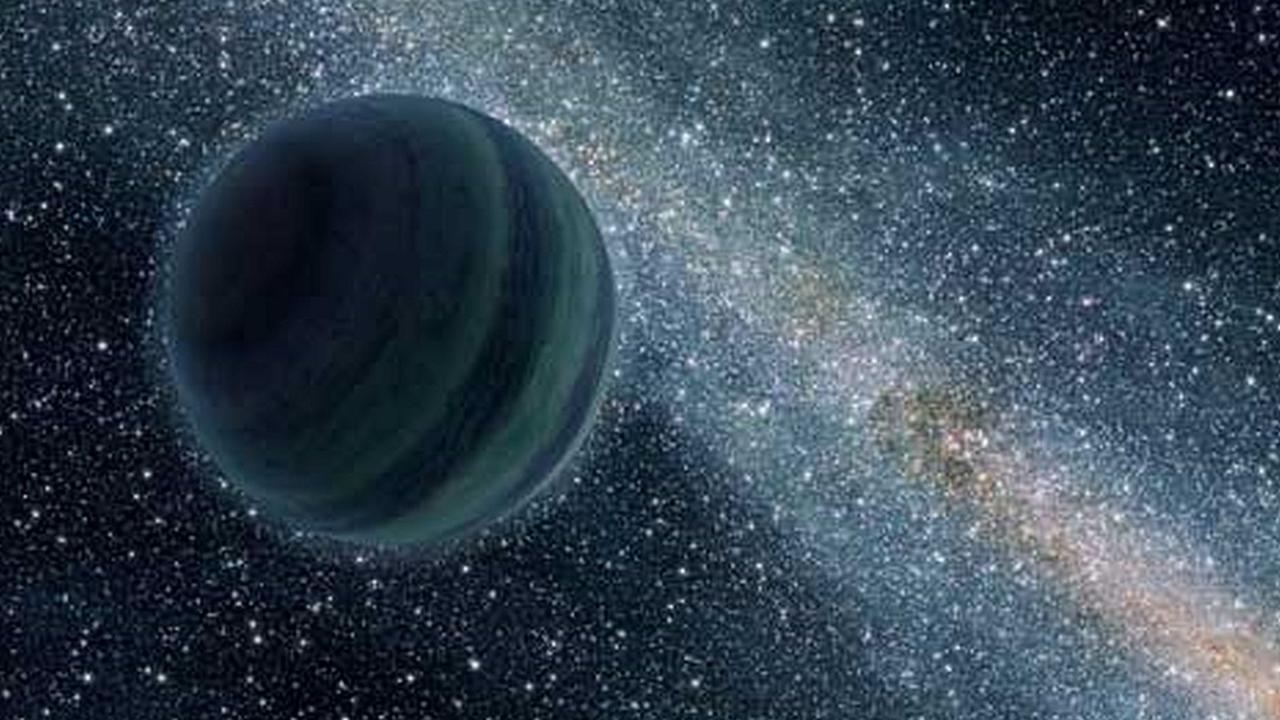
READING LEVEL: ORANGE
Astronomers are thanking their lucky stars that our solar system has been stable over time given new study findings.
Researchers have found a surprising number of stars in the Milky Way have ingested a planet – likely after the planet was sent hurtling out of a stable orbit for any number of reasons.
The study looked at 91 pairs of twin stars, or stars that shared the same size and chemical composition as each other. Each set of twins, or co-natal stars, formed within the same interstellar cloud of gas and dust, giving them the same chemical makeup and roughly equal mass and age.
While the pairs were moving together in the same direction within our Milky Way galaxy, they were not binary systems of two stars gravitationally bound to each other.
The researchers found that in seven of the pairs, one of the two stars showed evidence of having eaten a planet.
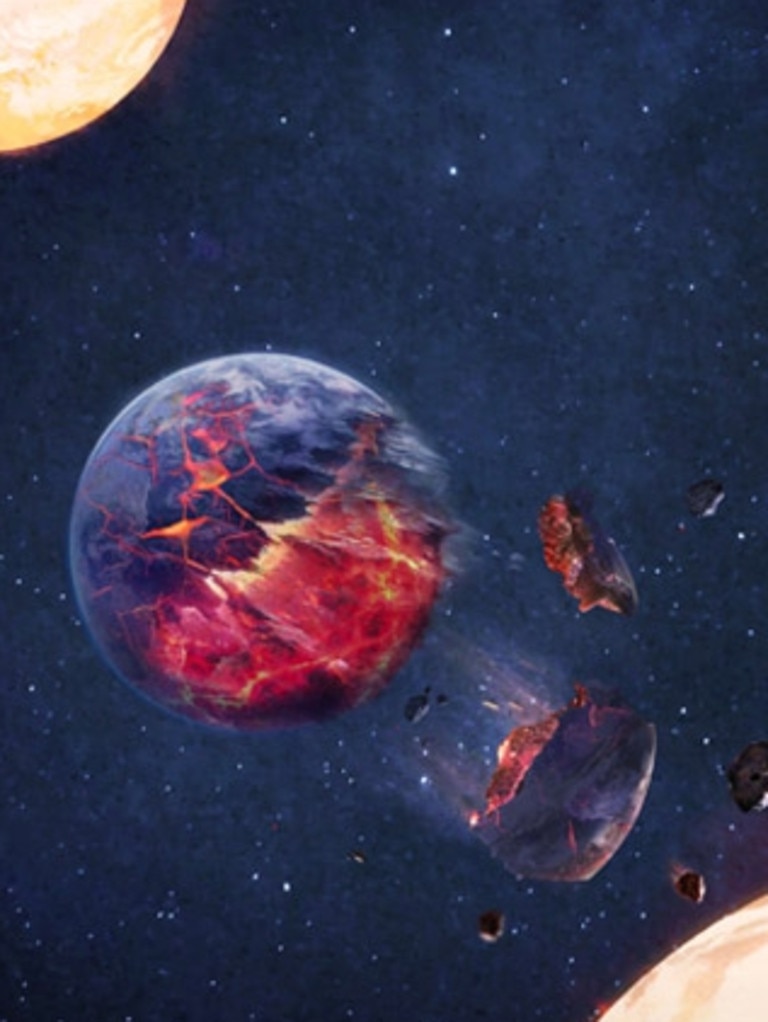
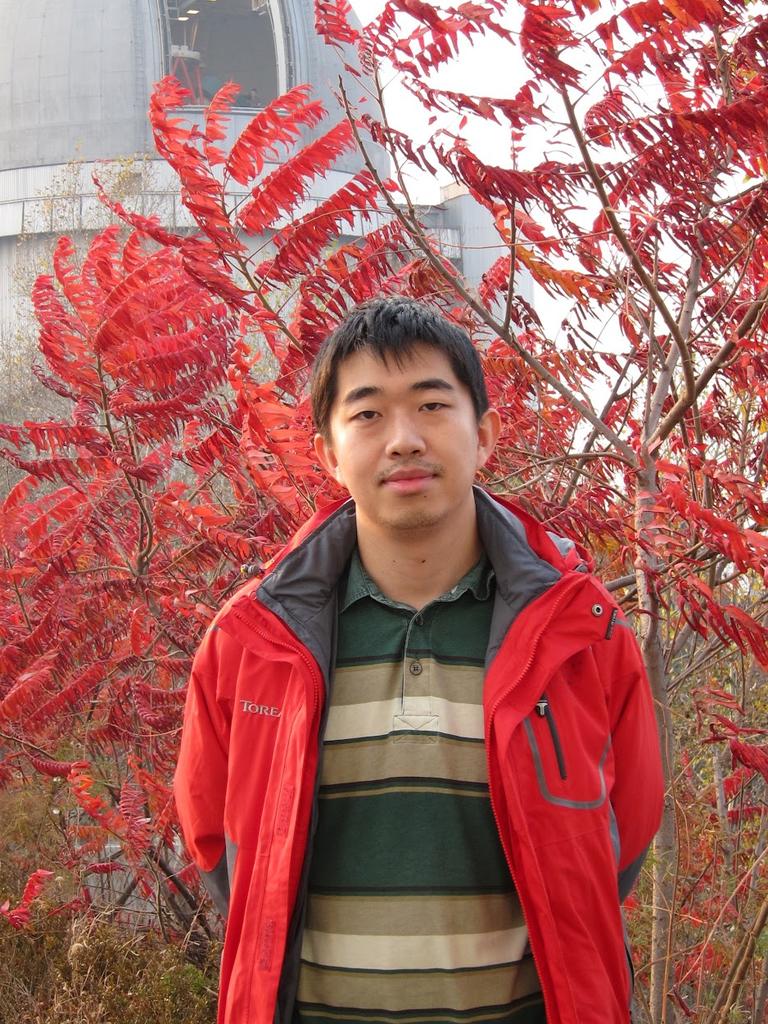
The evidence was in the changed chemical composition of the planet-eating star, which had taken on elements, such as iron, nickel or titanium.
The extra elements suggested the star had engulfed a rocky planet.
“It’s the elemental abundance differences between two stars in a co-natal system,” said Monash University astronomer and research fellow Dr Fan Liu, lead author of the study published in the journal Nature.
The researchers explained that sometimes planets get thrown out of orbit by a disturbance from a larger planet or another star passing very closely, which destabilises the planetary system. The planet could then end up moving into its host star and become engulfed by it.
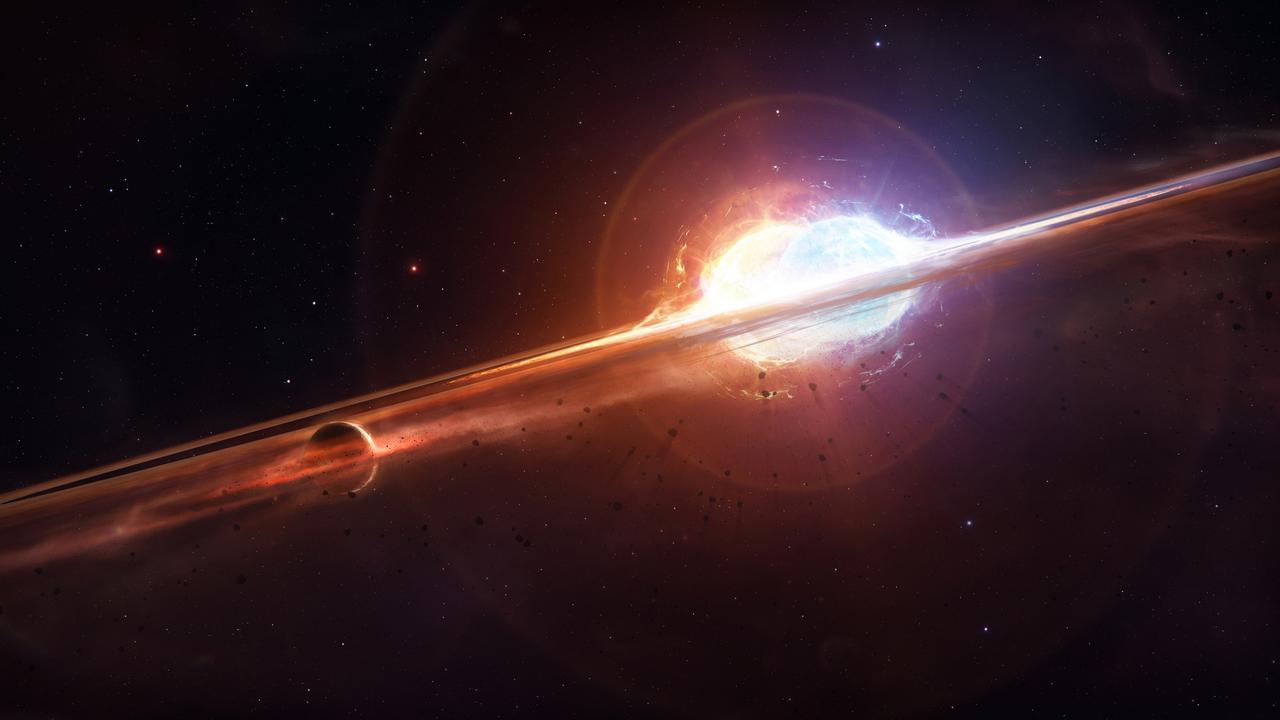
“This really puts into perspective our fortuitous position in the universe,” said astrophysicist and study co-author Dr Yuan-Sen Ting of the Australian National University and Ohio State University. “The stability of a planetary system like the solar system is not a given.”
The researchers used the European Space Agency’s Gaia space observatory to identify the twins and used telescopes in Chile and Hawaii to determine their composition.
The stars were as close as 70 light-years from our solar system and as far as 960 light-years away. A light-year is the distance light travels in a year, approximately 9.5 trillion km.
The researchers said while it was most likely that their observations showed that whole planets had been ingested, it was possible the star’s extra elements were actually planetary building blocks eaten during the system’s period of planet formation.
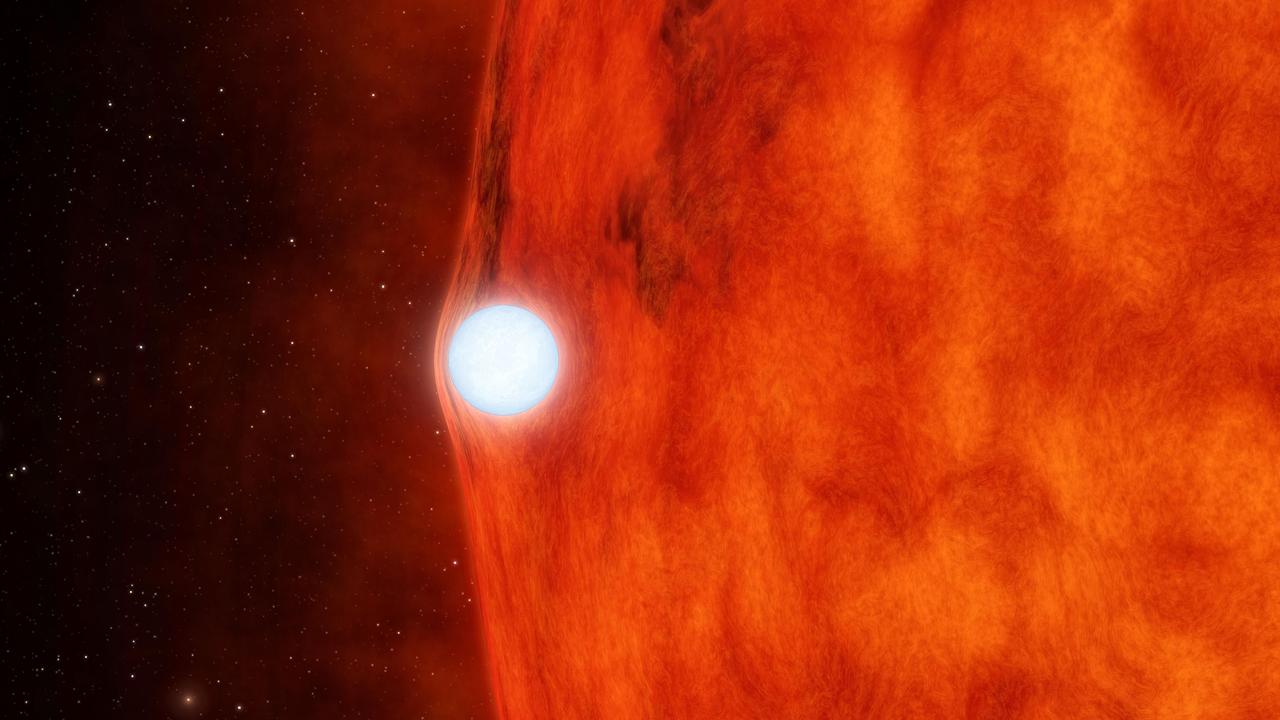
Just before dying, our sun and other stars like it dramatically puff up, sucking in and eating any planets that are orbiting close by, before collapsing into a dense, burnt-out cinder called a white dwarf.
“We know that all stars like the sun will eventually become giant stars. The envelope of the sun will expand and eventually swallow Earth,” Dr Ting said.
But the stars in this study all were in the prime of their life, not nearing the end.
The study showed instability in planetary systems could be more common than previously known. About eight per cent of the stellar pairs studied had one star that showed signs of eating a rocky planet.
Dr Liu said the team only studied stars containing the elements linked to rocky planets and that there could be even more stars out there that had eaten gaseous planets similar to Neptune and Jupiter.
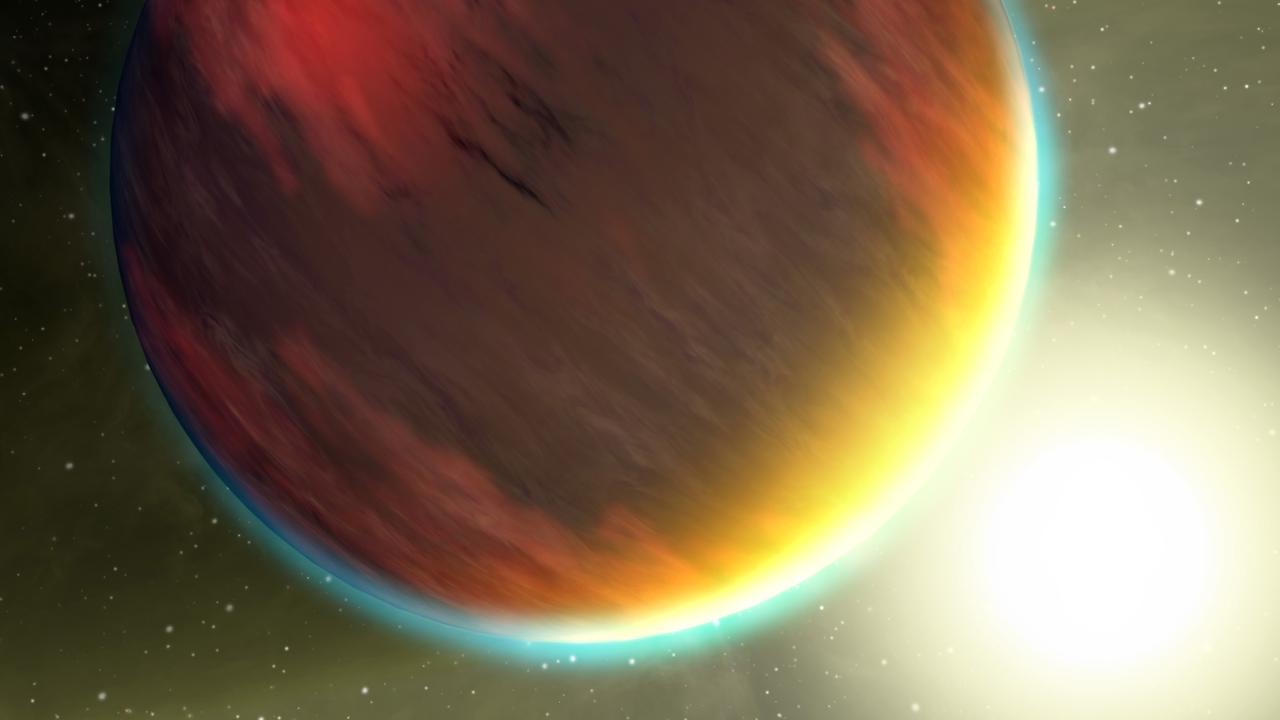
Dr Ting said most planetary systems, such as our own, should be stable because the planets were mainly under the influence of their host star, not their sibling planets. In other words, it would be unlikely our own planet would be pushed out of orbit by another planet.
“But for other planetary systems with different initial conditions and configurations, this might break down, leading to very chaotic dynamics,” Dr Ting added.
Dr Ting said the study showed that a small percentage of planetary systems were unstable, and that there were always “planets being ejected in or out.”
Given that only a small fraction of these wayward planets might actually be gulped by their host star rather than simply drifting through the cosmos, there could also be more lost planets that have been ejected from their planetary system than previously thought.
“Understanding which planetary systems are stable or not is a long-time goal of planetary dynamics theorists,” said Dr Ting.
POLL
GLOSSARY
- binary systems: a system where two stars orbit around a common centre of mass
- interstellar: the space in-between stars
- elemental abundance: a measure of the amount of chemical elements relative to all other elements in a given environment
- fortuitous: having good fortune
- gravitationally bound: pulled towards something by gravity
- chaotic dynamics: working with no order
- planetary dynamics: how planetary systems work
EXTRA READING
‘Cosmic hurricane’ has black hole heart
Force awakens beneath Saturn’s ‘Death Star’
Rare glimpse into birth of stars
QUICK QUIZ
1. What is a twin star?
2. How many pairs of twin stars were studied?
3. What percentage had a planet-eating star?
4. What is a white dwarf?
5. How do planets become engulfed by a star?
LISTEN TO THIS STORY
CLASSROOM ACTIVITIES
1. What would you say?
What would you say to a younger kid who read some of this story and is now scared that our earth will be eaten by the sun sometime soon? Use information in the story to write a list of reasons why they do not have to worry about this.
Time: allow at least 20 minutes to complete this activity
Curriculum Links: English, Science
2. Extension
What do you think the scientists would need to do to find out which planetary systems are stable and which are not? Write down your ideas. Use information in the story and possibly your research skills to help you.
Time: allow at least 25 minutes to complete this activity
Curriculum Links: English, Science
VCOP ACTIVITY
Wow word recycle
There are plenty of wow words (ambitious pieces of vocabulary) being used in the article. Some are in the glossary, but there might be extra ones from the article that you think are exceptional as well.
Identify all the words in the article that you think are not common words, and particularly good choices for the writer to have chosen.
Select three words you have highlighted to recycle into your own sentences.
If any of the words you identified are not in the glossary, write up your own glossary for them.
Extension
Find a bland sentence from the article to up-level. Can you add more detail and description? Can you replace any base words with more specific synonyms?
Down-level for a younger audience. Find a sentence in the article that is high level. Now rewrite it for a younger audience so they can understand the words without using the glossary.

